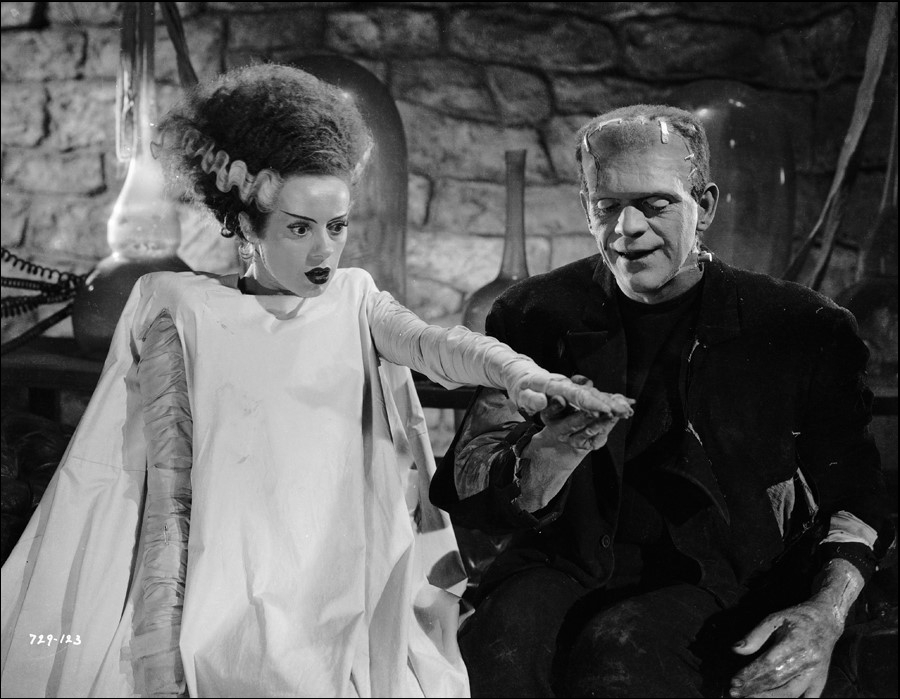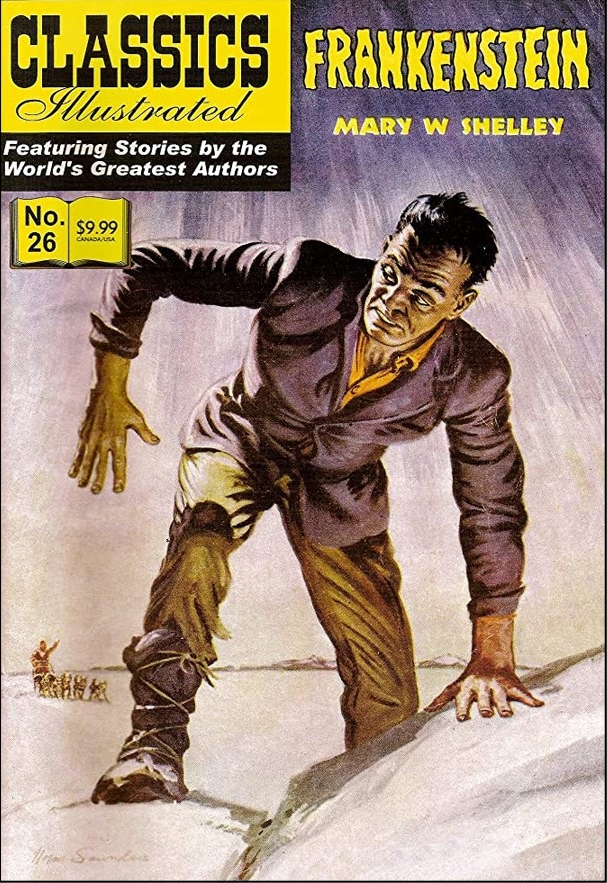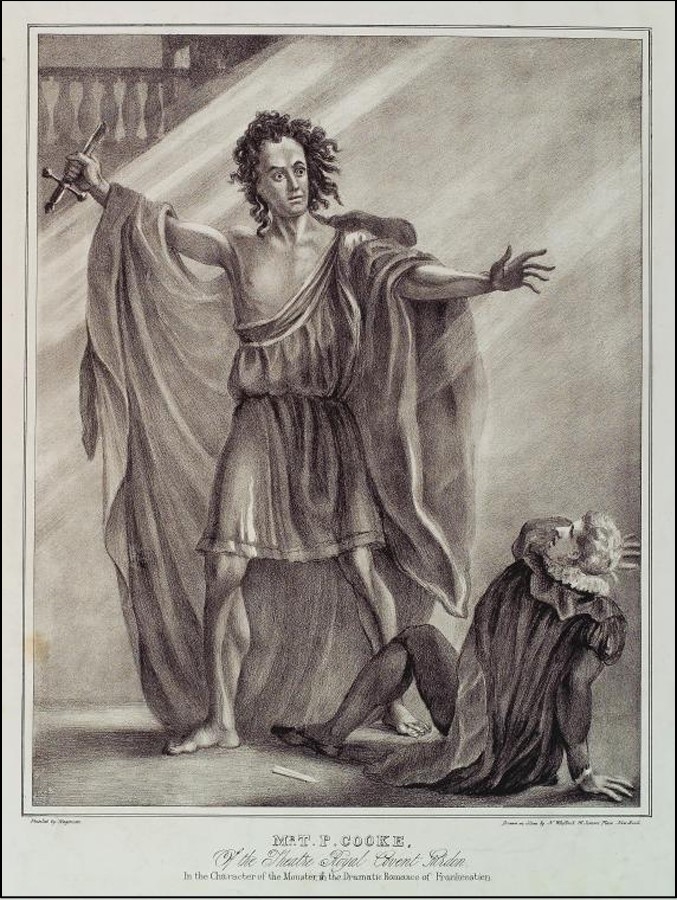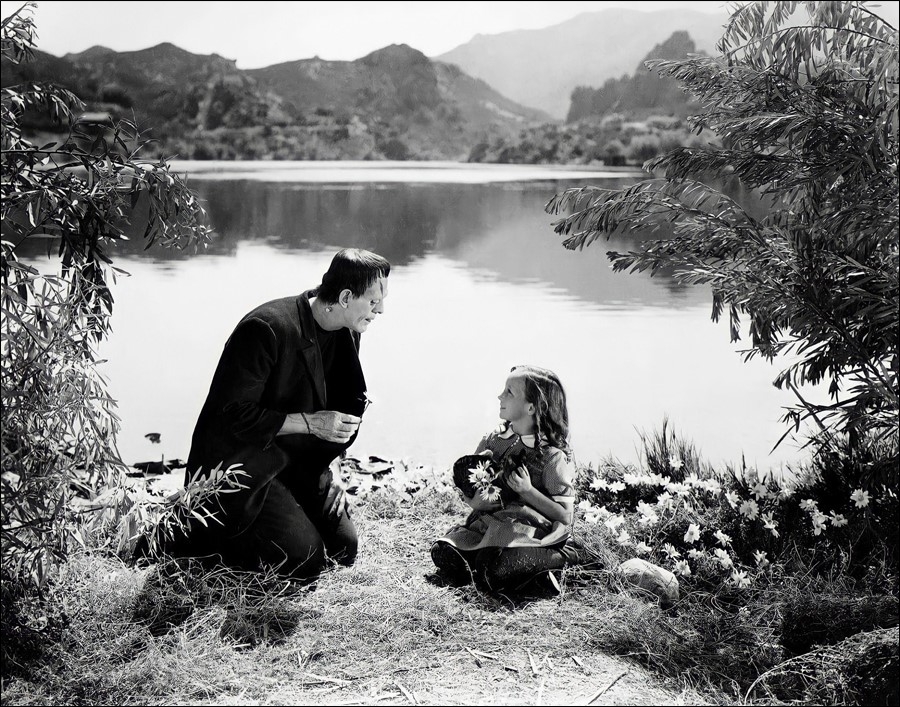| By Gale Staff |
Mary Shelley is best known for her iconic novel, Frankenstein. Published in 1818, this gothic masterpiece has captivated readers for centuries with its exploration of themes such as scientific progress, human ambition, and what happens when the two collide.
Let’s delve into Mary Shelley’s life and examine Frankenstein’s enduring legacy with help from the Gale Literature Resource Center. The Frankenstein Work page gives you access to overview documents that provide essential background and orienting information, laying the groundwork for a deeper understanding.

The Life of Mary Shelley
Mary Wollstonecraft Shelley was born on August 30, 1797, in London, England. She was the daughter of two influential intellectuals: the feminist philosopher Mary Wollstonecraft and the political philosopher William Godwin. Tragically, Shelley’s mother died shortly after giving birth to her, leaving a profound impact on her life and shaping her feminist ideals.
Shelley’s early years were marked by a love for literature and writing. At the age of 18, she embarked on a journey that would forever change her life—and the course of literary history itself. During the summer of 1816, Shelley and her husband, the poet Percy Bysshe Shelley, spent their vacation in Switzerland with Lord Byron and John Polidori. During this time, Shelley conceived the idea for her magnum opus, Frankenstein.
The Creation of Frankenstein
Frankenstein emerged from a literary competition among Mary Shelley, her husband Percy, Byron, and Polidori to write the best horror story. Inspired by a nightmare she experienced during their stay in Geneva, Shelley crafted a tale that would become one of the most enduring works of science fiction.

The novel tells the story of Victor Frankenstein, a young scientist who becomes obsessed with the idea of creating life. Through a series of scientific experiments, Frankenstein succeeds in bringing a creature to life, only to be horrified by its monstrous appearance. The story explores the ethical and moral implications of scientific advancement, as well as the depths of human ambition and the consequences of playing with the forces of nature.
Themes and Symbolism in Frankenstein
Frankenstein spins a rich tapestry of themes and symbolism that continues to resonate with readers to this day. One of the central themes is the pursuit of knowledge and the dangers of unchecked ambition. Victor Frankenstein’s relentless pursuit of scientific discovery leads him down a dark path—ultimately resulting in tragedy and despair.

Another prominent theme in the novel is the exploration of the human condition. The creature, rejected by its creator and society, grapples with its own identity and yearns for acceptance. Shelley’s portrayal of the creature raises profound questions about what it means to be human and the importance of compassion and empathy.
Mary Shelley’s Enduring Legacy
Frankenstein has had a profound impact on literature and popular culture. Its influence can be seen in countless adaptations, from stage plays to movies to modern science fiction. The novel’s exploration of the ethical implications of scientific advancement remains relevant in today’s world, where technology continues to push the boundaries of possibility—and our own humanity.
Shelley’s Frankenstein is a testament to her literary genius and her ability to weave a tale that continues to captivate readers across generations. Through her exploration of themes such as ambition, the pursuit of knowledge, and the consequences of playing God, she invites us to reflect on our own humanity and the power of our creations. Explore Gale Literature Resource Center to learn more about Shelley’s life and work, as well as more than 130,000 other writers in all disciplines, from all time periods, and from around the world. Not yet a subscriber? Click here to request a trial.



